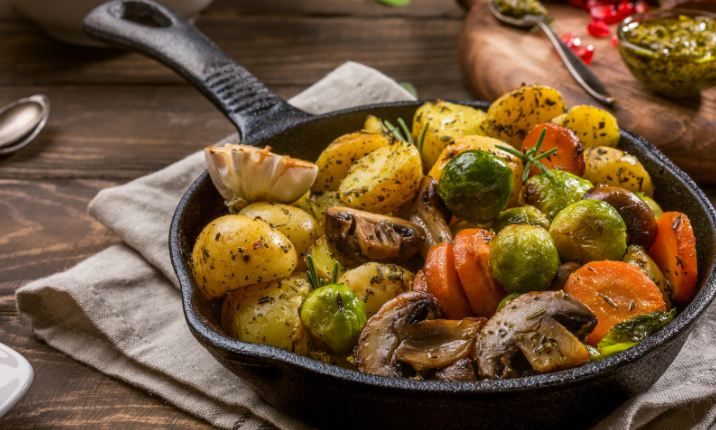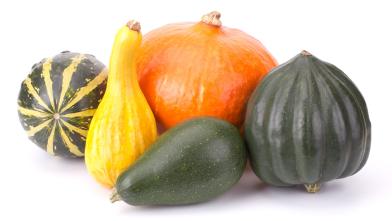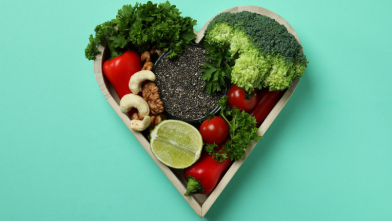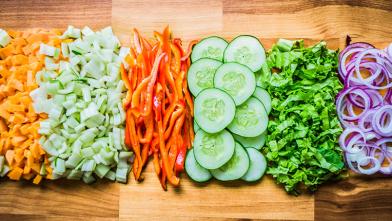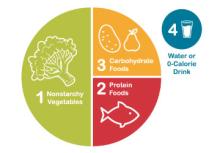
Nutritional Benefits of Potatoes
Not only are potatoes delicious, they’re also an excellent source of vitamin C, potassium, and B6, especially when the skin is left on and eaten. One medium potato, including the skin, contains approximately 30 percent of your daily recommendation of these three nutrients.
Vitamin C acts as an antioxidant to reduce inflammation and prevent cell damage. Vitamin C also aids in collagen production, which helps maintain healthy gums and helps to heal wounds.
Potatoes are also one of the best sources of potassium—one medium potato contains more potassium per serving than bananas or oranges. A potassium-rich diet helps to lower the risk of high blood pressure and stroke. Vitamin B6 is important for carbohydrate and protein breakdown in the body.
How to Incorporate Potatoes into a Diabetes-Friendly Meal Plan

The Diabetes Plate Method is an excellent way to build meals that can help maintain blood glucose (blood sugar) balance in the body. To portion a meal, simply divide the average dinner plate into three sections: vegetables, protein, and carbohydrates.
Half of the plate should contain non-starchy vegetables, such as leafy greens, broccoli, cauliflower, or bell peppers.
One-quarter of the plate should contain lean proteins, such as chicken, fish, or lean cuts of beef. When choosing protein sources, look for meats lower in saturated fat and sodium. Meats higher in saturated fat can contribute to the development of heart disease. Plant-based protein options may include beans and lentils which contain carbohydrates in addition to protein. Be mindful of the total amount of carbohydrates on your plate.
Fill the last quarter of the plate with carbohydrates. There are two types of carbohydrates: simple and complex. Simple carbohydrates can be found in foods like fruits and milk, while complex carbohydrates contain more fiber and are found in starches, whole grains, beans, and other vegetables.
One small potato has the same amount of carbohydrates as an apple or half a cup pasta or brown rice. Potatoes can be baked, mashed, roasted, sautéed, scalloped, hashed, and so much more. By portioning potatoes and pairing them with a protein and non-starchy vegetables, they can be a healthy and delicious part of any meal!
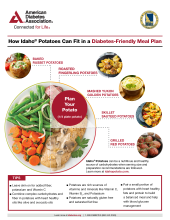
Potatoes, such as the Idaho Russet potatoes in this Diabetes Food Hub Scalloped Potatoes recipe, can be a nutritious and healthy source of carbohydrate when you follow the serving size and preparation recommendations.
Want to learn more about fitting potatoes into your diabetes-friendly meal plan? Download this free infographic today: Potatoes and Diabetes Meal Plan.
¿Quiere saber más sobre cómo incluir las papas en tu plan de comidas para personas con diabetes? Descárgate hoy mismo esta infografía gratuita: Papas y el Plan de Comidas Para Personas con Diabetes
This article is brought to you by the Idaho Potato Commission, a proud sponsor of the Diabetes Food Hub.

